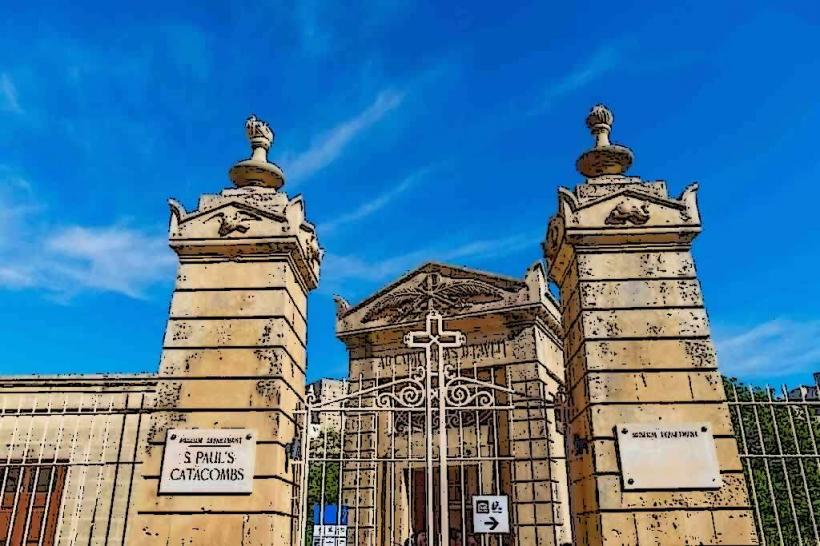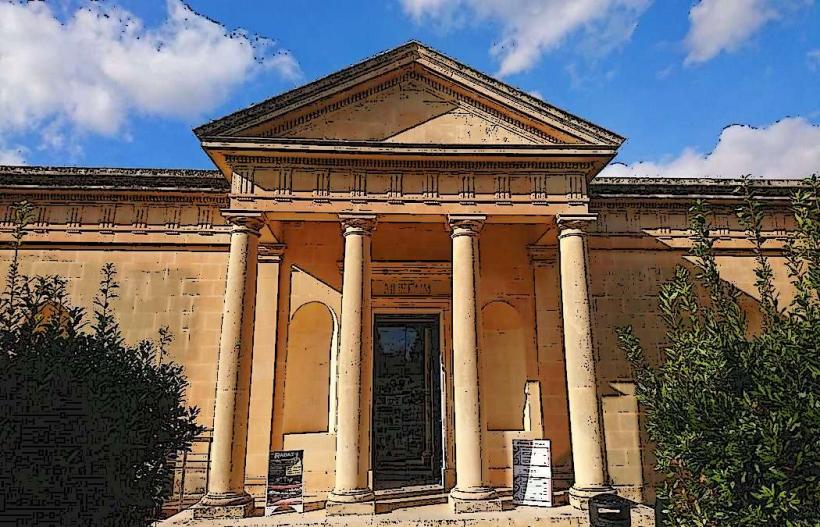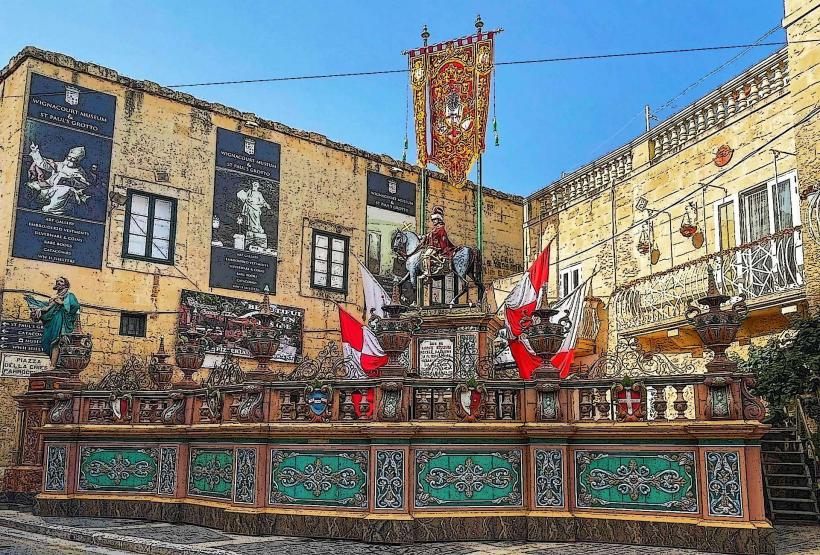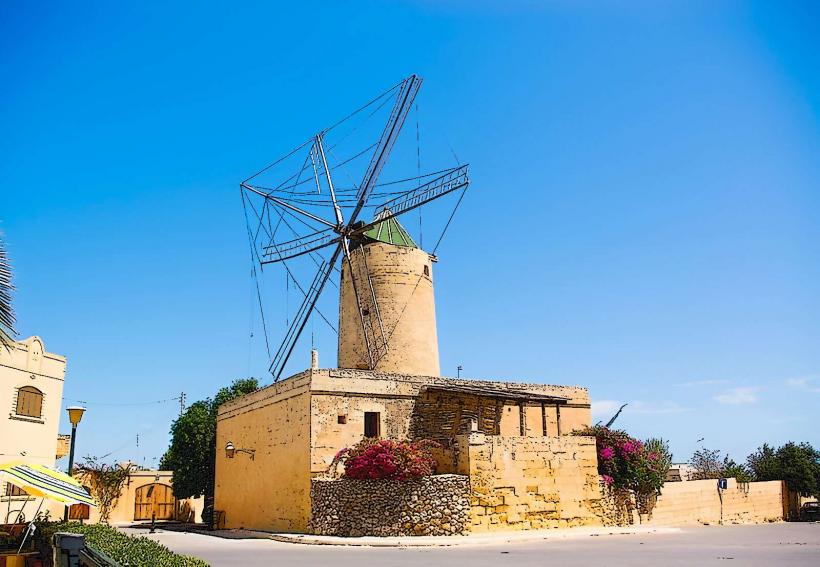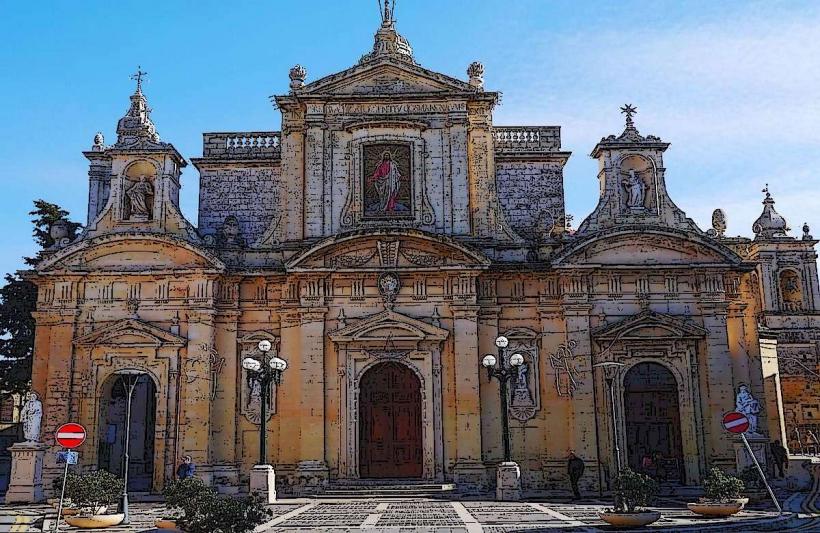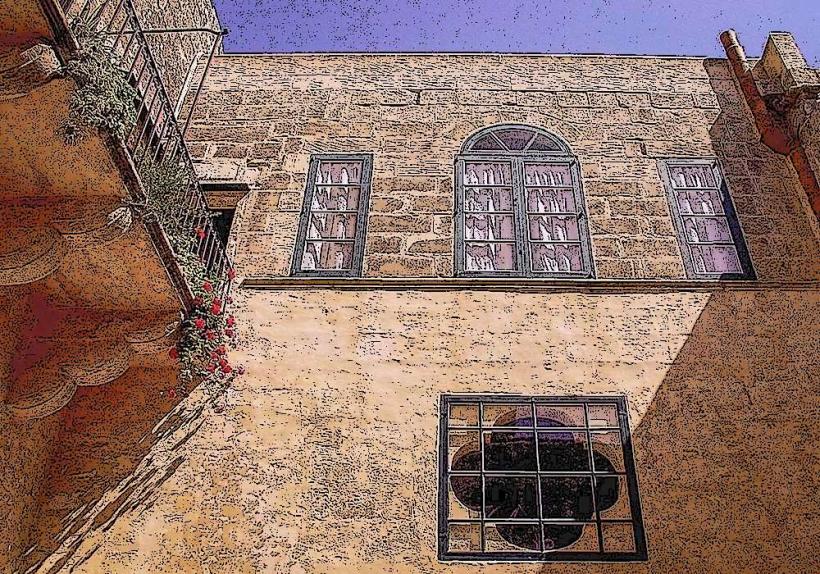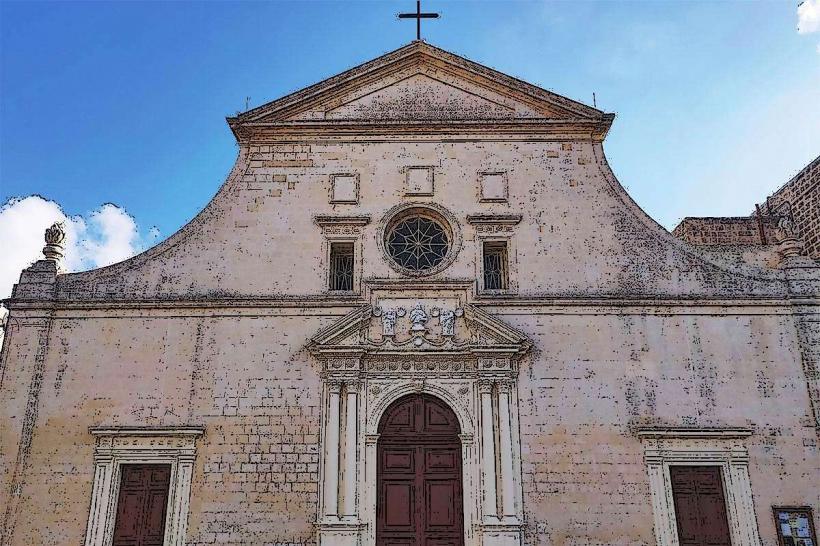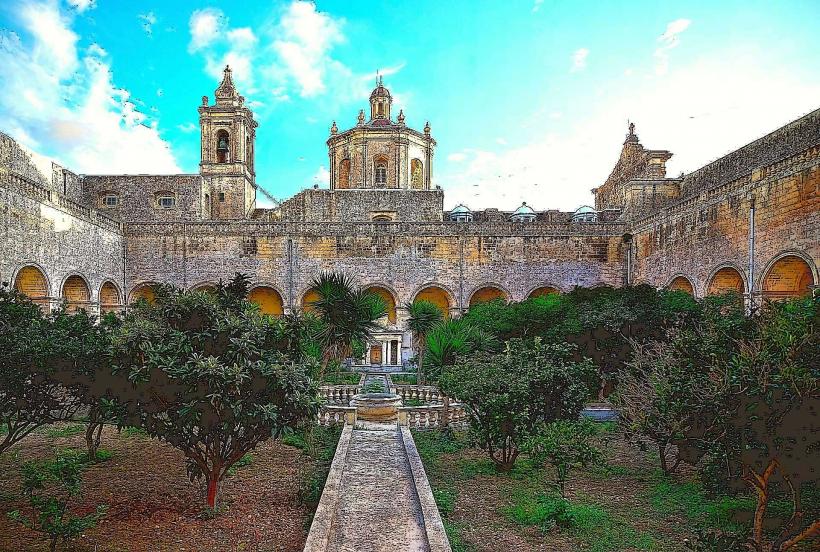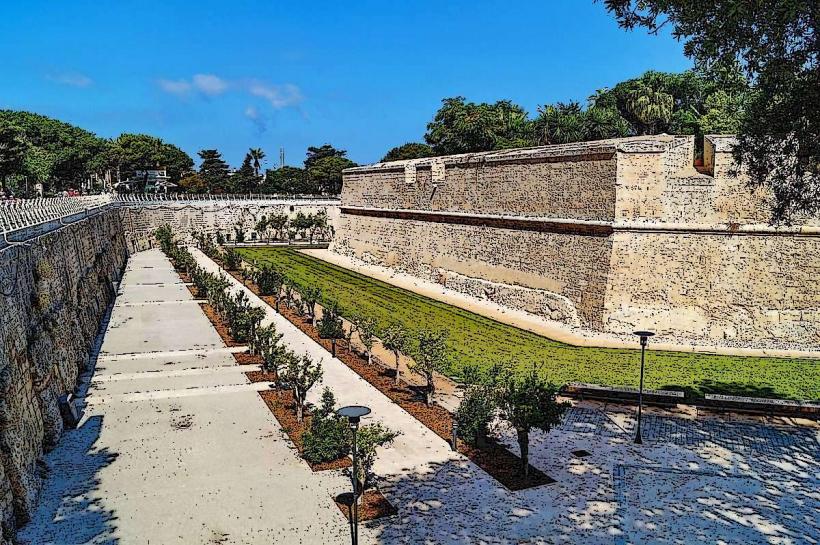Information
City: RabatCountry: Malta
Continent: Europe
Rabat, Malta, is a town rich in history and culture, located just outside the walled city of Mdina. Its name, derived from the Arabic word for "suburb," reflects its origins as the area that grew around the medieval capital. While often overshadowed by Mdina, Rabat has its own charm, offering a blend of local life and historical depth.
Historical Context
- Roman Era: Rabat was part of the Roman city of Melite, which covered a much larger area than Mdina and Rabat combined today. Archaeological finds suggest it was a prominent settlement with villas, baths, and public buildings.
- Medieval Period: After the Arab occupation, Rabat became a suburb of the smaller fortified city of Mdina. It retained importance as a residential and spiritual center.
- Knights and British Periods: Under the Knights of St. John and later British rule, Rabat continued to serve as a hub for religious and educational institutions.
Cultural and Social Life
- Residential Character: Unlike Mdina, which is more of a tourist destination, Rabat is a lively town with a thriving local community. Its residents are deeply rooted in Maltese traditions and customs.
- Community Events: Rabat hosts various feasts and religious events, most notably those dedicated to St. Paul and St. Joseph, which include processions, fireworks, and street celebrations.
- Local Markets: Small shops and markets in Rabat sell everything from fresh produce to traditional Maltese pastries like pastizzi.
Urban Layout and Atmosphere
- Traditional Streets: Rabat’s streets are a mix of winding alleys and more modern thoroughfares. The town is characterized by limestone houses with brightly painted wooden balconies and intricate doorways.
- Residential and Public Spaces: Many homes have private courtyards, while public squares serve as gathering spots for locals and visitors.
Economic Activities
- Tourism: While Rabat attracts visitors due to its proximity to Mdina and its historical sites, it has a more relaxed and local vibe compared to its neighbor.
- Craftsmanship: Rabat is home to artisans who produce traditional Maltese crafts, including lace, filigree jewelry, and ceramics.
- Hospitality: Family-run cafés and restaurants contribute significantly to the town's economy, offering an authentic taste of Maltese cuisine.
Geography and Surroundings
- Location: Situated in the central part of Malta, Rabat is surrounded by countryside, offering a contrast to the more urbanized areas of the island.
- Green Spaces: The town is near scenic spots like Buskett Gardens and Dingli Cliffs, providing opportunities for nature lovers.
Cultural Identity
- Heritage Preservation: Rabat is a town where modernity and tradition coexist. Its residents take pride in preserving the cultural and historical legacy of their community.
- Religious Significance: Rabat has a strong religious identity, evident in its numerous churches, chapels, and annual feasts that draw crowds from across Malta.
Experiential Highlights
- Local Flavor: Rabat offers a more authentic Maltese experience than some of the island’s more tourist-heavy areas.
- Quiet Charm: The town is less crowded than nearby Mdina, allowing for leisurely exploration of its streets and local life.
- Accessibility: Rabat serves as a gateway to both historical sites and natural attractions, making it a convenient base for exploration.

